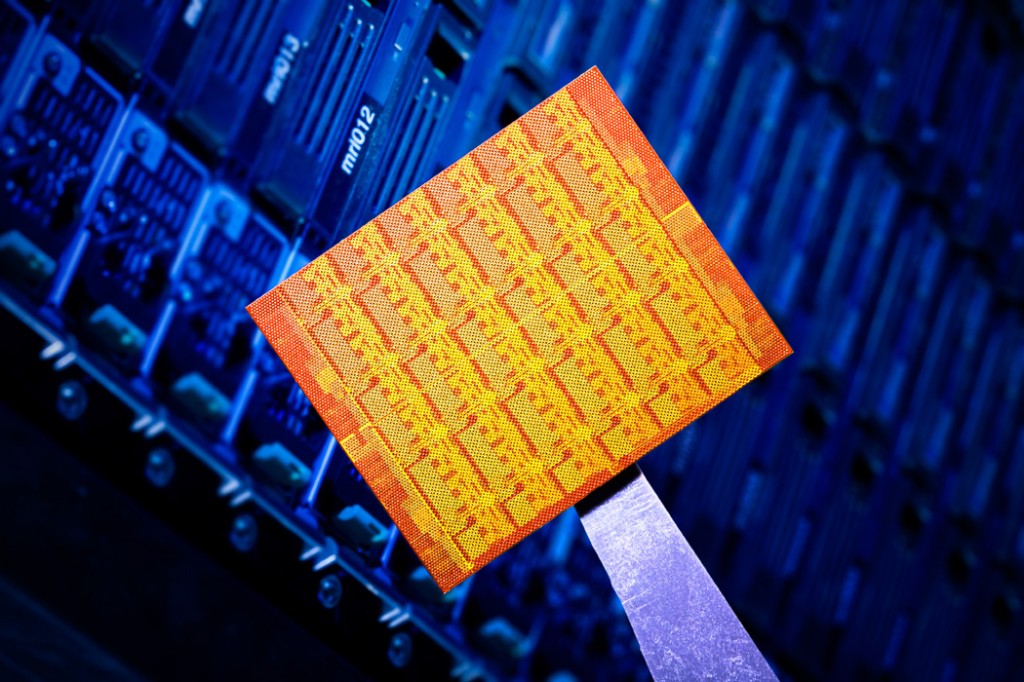Analysts expect 48-core processors will come to market in the next 5-10 years. It was Justin Rattner, Intel's chief technology officer, in a sense, who seemd to have confirmed it by saying that the 48-core processor for small mobile devices could reach the market in a much shorter period than the 10 years that researchers predict. He mentioned that they are powerful processors required for speech recognition and augmented reality.
The advantage of a large number of cores is that they can be distributed among many tasks. For example, different cores can simultaneously decode different pictures and high definition videos. Also, instead of one core that runs at maximum speed and consumes a lot of energy, a large number of cores running in parallel processing on different tasks may consume less total energy. Of course it will take more space, but it's up to scientist to create even smaller processors so they be put in all sorts of small devices customers use today (and in the future).
[Ed – Simply dropping in more cores is only part of the soltion. As with PCs you also have to build software that can take advantage of these cores. We are already seeing this trend in some ARM SoCs where cores can completely power down (like in the Tegra 3). Intel has been working on this problem in their desktop and mobile CPUs with great sucess on the silicon side, unfortunately much of the software out there is not degsigned to take advantage of it. We do know that Intel worked closely with Microsoft and PC makers to optimize the way Windows 8 works with Intel CPUs. If they succeeded or not we are waiting to find out when we can finally get one of these devices in the lab. Still even if they are not completely successful at this they can always use it to learn.]
Tell us what you think of the chance of Intel dropping 48-cores into smartphones in our Forum




